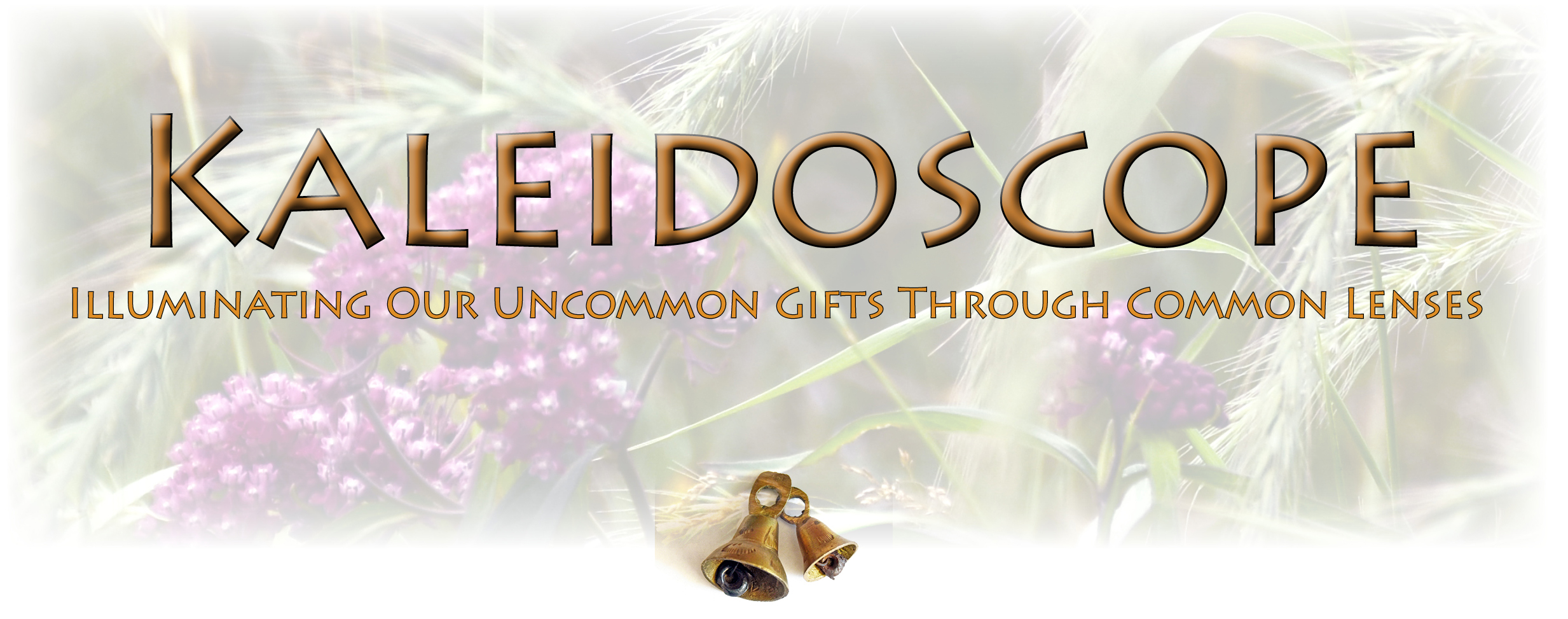Following is a glimpse into some content of Session 6
of “Consciously Participating in the Evolution of Life.”
John Nash asks [imaginary] Charles: “How do you know for sure?”
Charles: “Nothing’s ever for sure, John. That’s the only sure thing I do know.”
~ from the movie “A Beautiful Mind” (2001)
An artist or architect knows how to take a two-dimensional piece of paper and, with a pencil and perhaps a ruler, make a drawing that appears to be three-dimensional. The drawing isn’t three-dimensional at all but it appears to be.
One theme that fascinated me when I was in graduate school studying perceptual geography was ways in which our physical environment shapes our perceptions of the world both physiologically and psychologically. In other words, in different physical environments, people literally see the world differently.
For example, I learned that Pygmies living in a dense jungle physiologically have not developed the same degree of depth perception as people who live in desert or ocean environments. In fact, if Pygmy hunters see a wild pig off in the distance, they might not kill it because they might perceive it as being too small. I, on the other hand, could use my depth perception to know that the pig is bigger than it looks at a distance.
Another example is that those living in ocean environments have a far greater ability to distinguish between myriad shades of blue and green than I do. This ability supports them in navigating the ocean waters. They can literally see the currents. Me? If I want to match a blue or green sweater with new slacks, I have to take the slacks with me when I shop otherwise I cannot tell whether a sweater will match or not. I see green and I see blue but I do not have the ability to clearly see the countless distinctions within each color.
I also learned that when pioneers from mountainous and forested northern Europe were crossing the prairie lands, the suicide rate increased significantly. Psychologically, it seems, the stress of the endless prairie was so foreign, so unknown, was more than some of them could process and handle.
There are myriad other examples from all around the world. Back then, in graduate school, all of this interested me primarily because of the implications for cross-cultural communications which, in addition to geography, was my other concentration. Today, however, some even bigger potential implications occur to me for which I have few or no answers but lots of questions. For instance, if the examples above are ‘true,’ then what is ‘the real world’? What is ‘truth’? What is belief or assumption? How can we communicate that which we assume? Especially to ‘the other’ who does not know and cannot see what we [think we] know and see? What is a ‘global’ citizen? What does all of this have to do with consciously participating in the evolution of life? And so on.
To be explored. Stay tuned!

